Humeral Shaft Fracture with Associated Posteromedial Elbow Dislocation.
Score and Comment on this Case
Clinical Details
Clinical and radiological findings: A patient presented with a humeral shaft fracture and an associated posteromedial elbow dislocation. The humeral fracture was characterized by a transverse pattern with a butterfly fragment. The elbow dislocation was classified as a simple dislocation without associated fractures. Initial radiographs confirmed the presence of the humeral shaft fracture and the elbow dislocation.
Preoperative Plan
Planning remarks: The preoperative plan involved surgical intervention due to the complex nature of the posteromedial elbow dislocation, which necessitated operative management despite the simple classification. The humeral shaft fracture required fixation, and the plan included lagging the butterfly fragment and compressing the transverse fracture pattern. A lateral approach to the elbow was planned for ligamentous repair.
Surgical Discussion
Patient positioning: The patient was positioned supine on the operating table with the affected arm draped free to allow access to both the humeral shaft and the elbow joint.
Anatomical surgical approach: A posterior approach to the humerus was utilized for fracture fixation. The lateral approach to the elbow involved exposure of the lateral collateral ligament complex for repair, specifically targeting the lateral ulnar collateral ligament (LUCL) with suture anchors.
Operative remarks:The surgeon noted technical challenges during the operation, particularly with the placement of the suture anchor for the LUCL repair, which was not in the ideal isometric location. Additionally, despite efforts to preload and compress the plate on the humerus, an extension deformity resulted post-fixation. The decision was made not to revise this deformity as it was not anticipated to cause functional deficits or healing complications.
Postoperative protocol: Postoperative rehabilitation included early active motion of the elbow to prevent stiffness, with gradual progression to weight-bearing activities as tolerated by the patient.
Follow up: Not specified.
Orthopaedic implants used: Suture anchors for LUCL repair, compression plate for humeral shaft fixation.
Search for Related Literature

orthopaedic_trauma
- United States , Seattle
- Area of Specialty - General Trauma
- Position - Specialist Consultant

Industry Sponsership
contact us for advertising opportunities
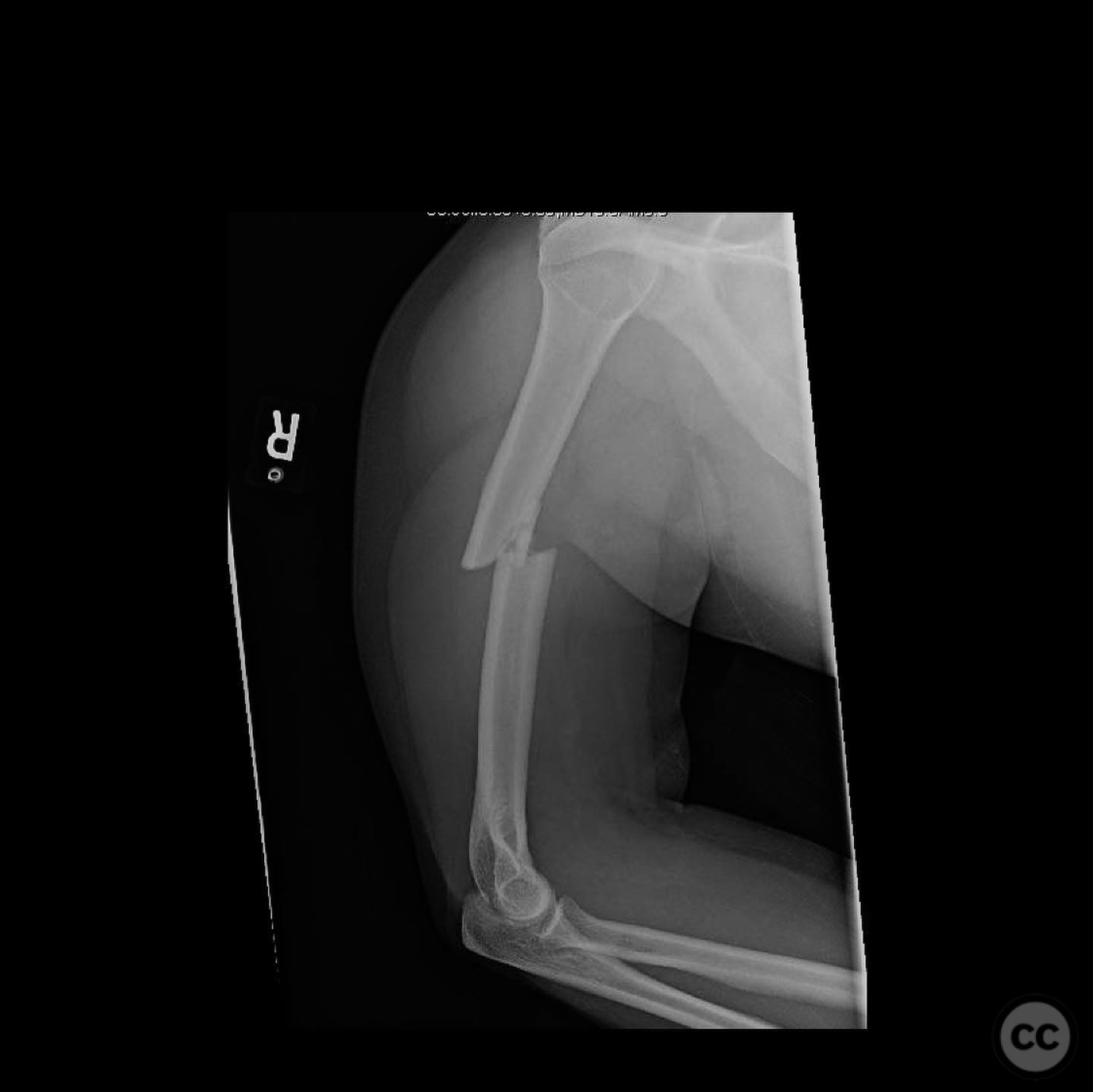
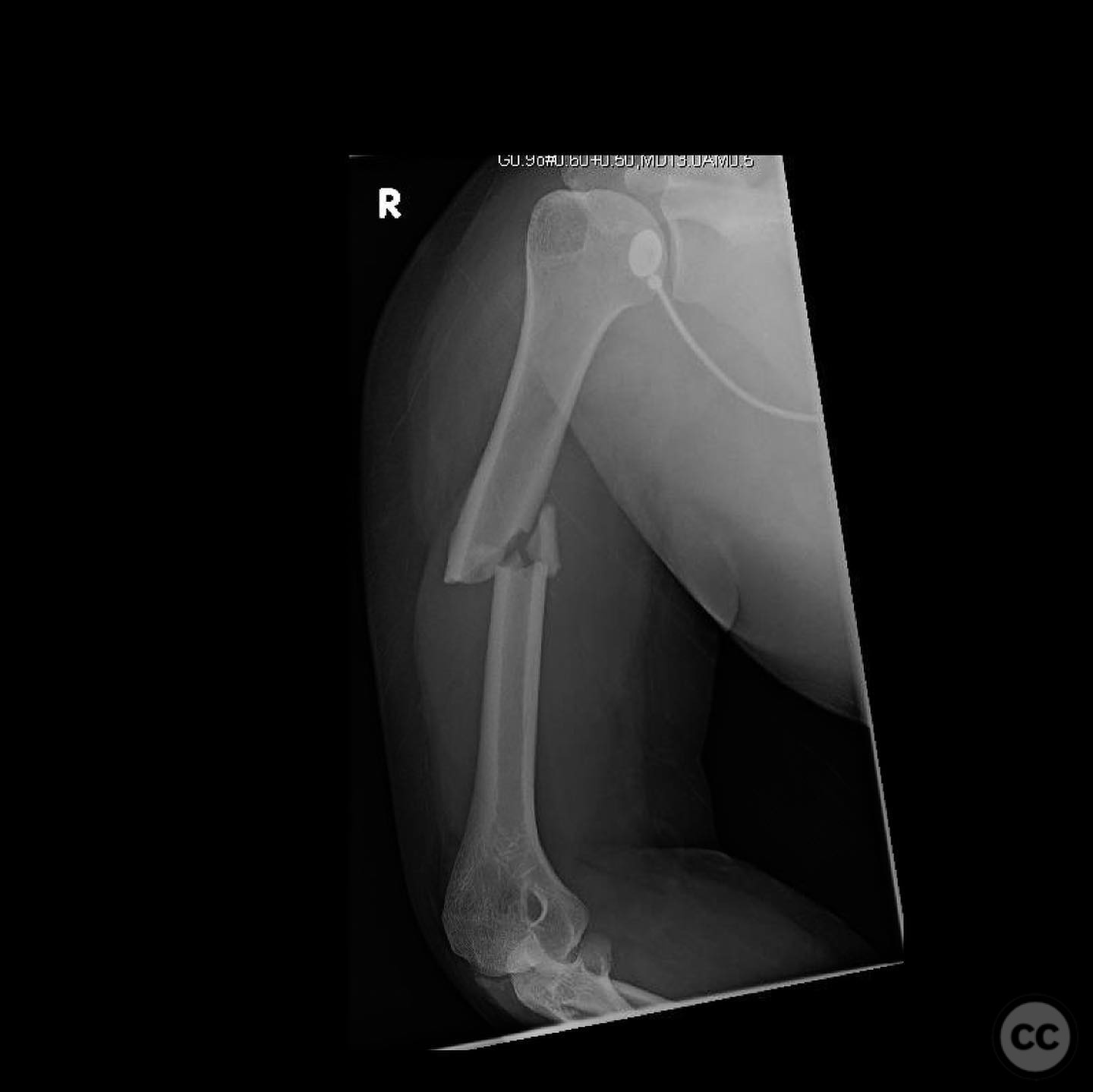
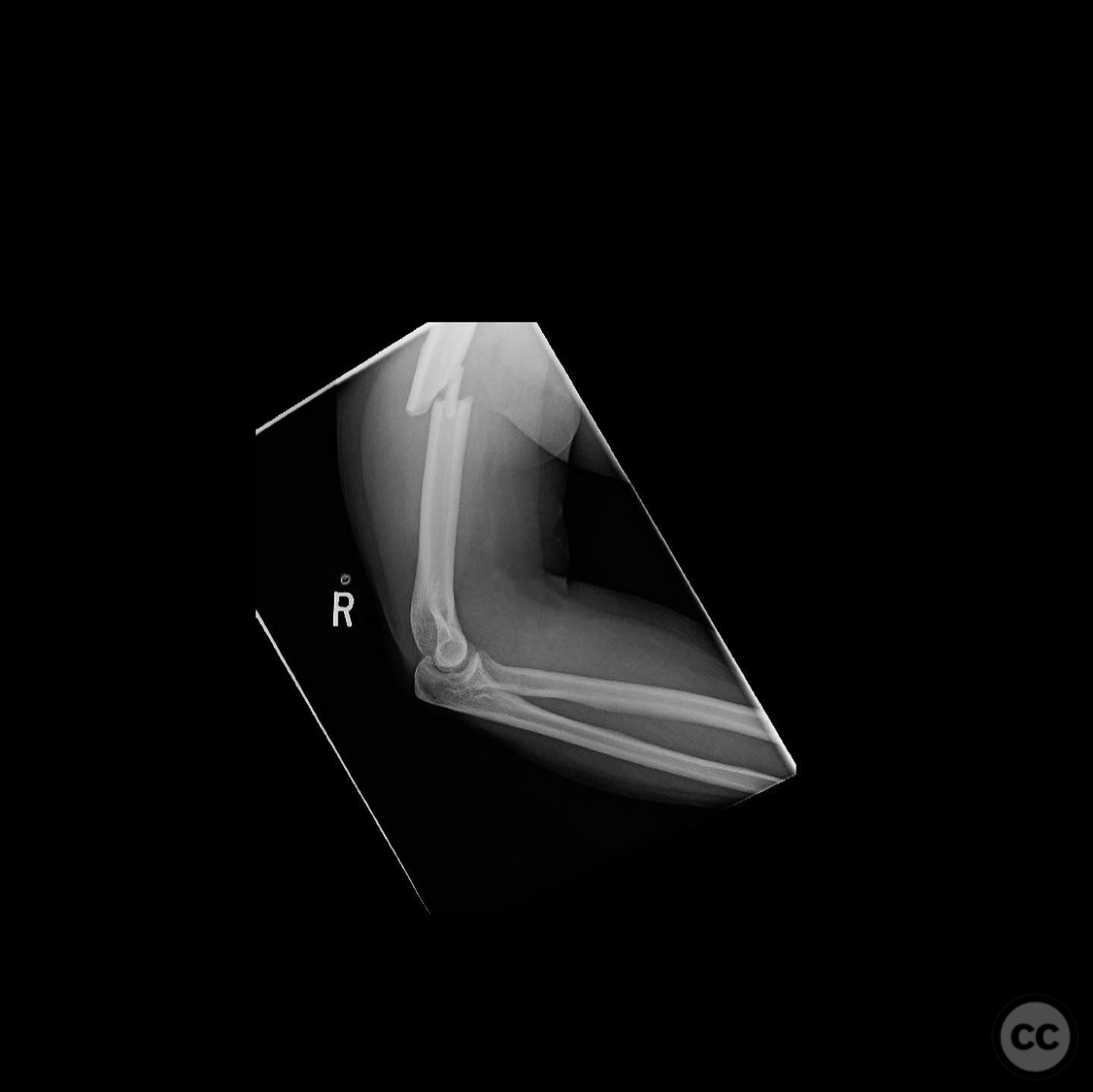
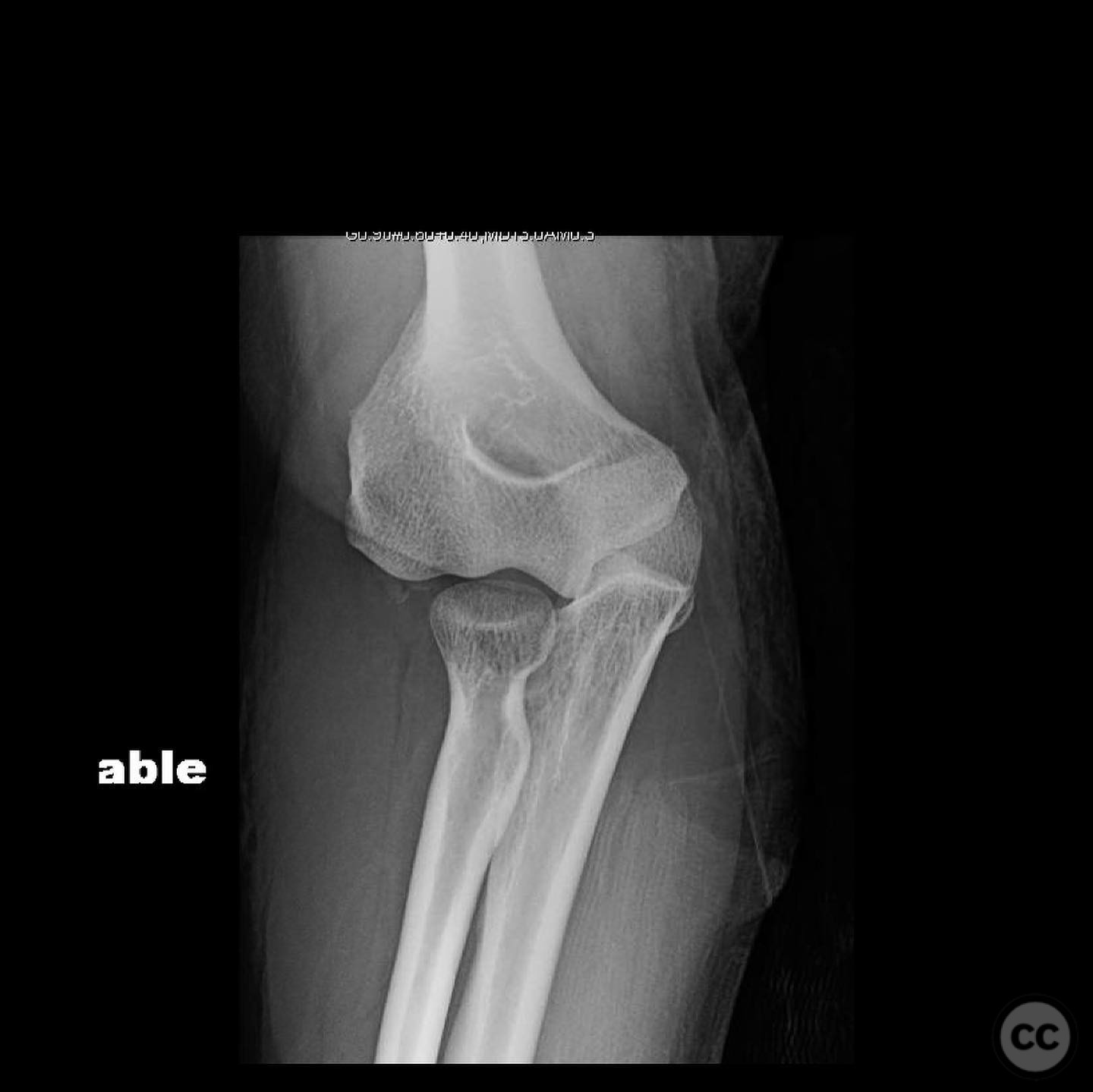
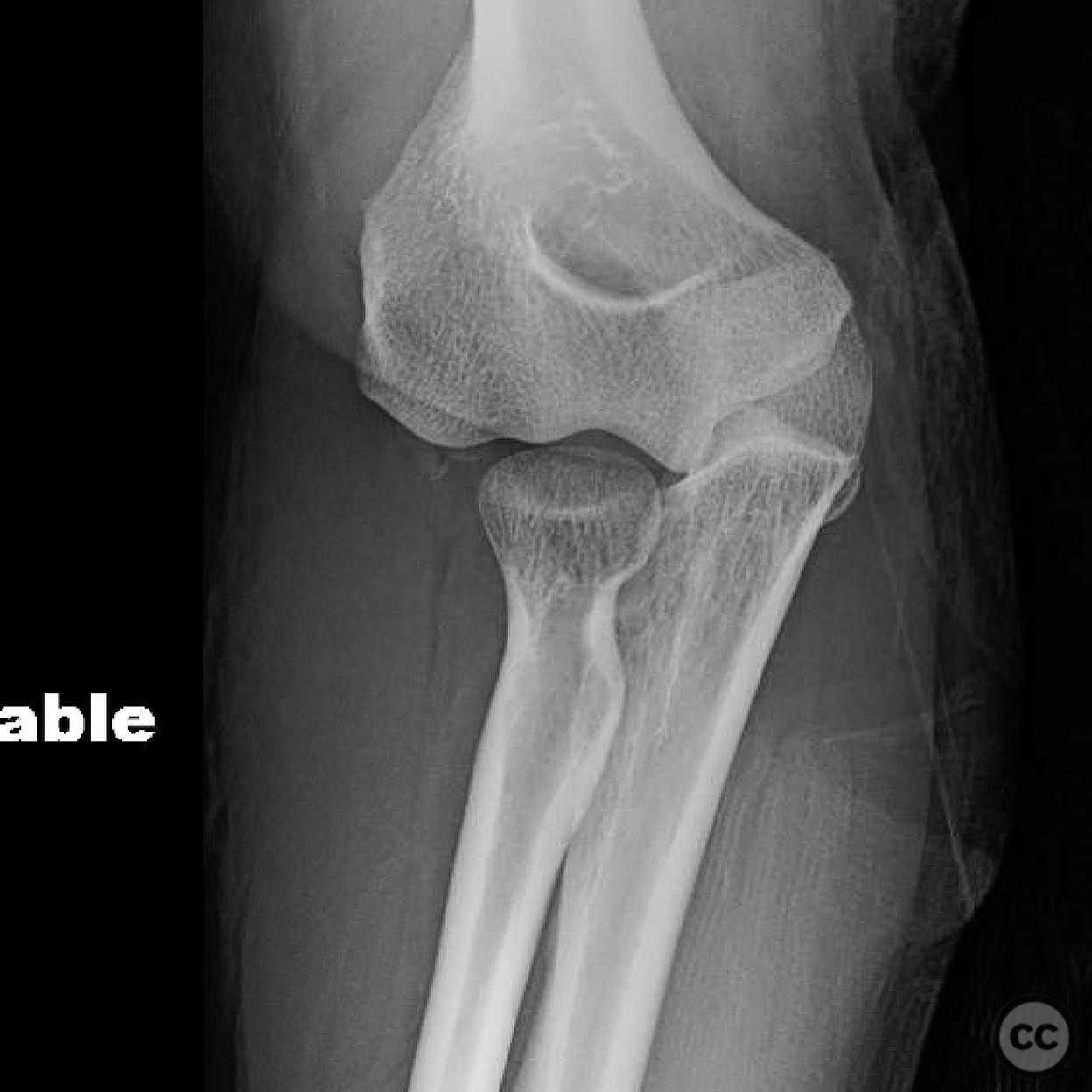
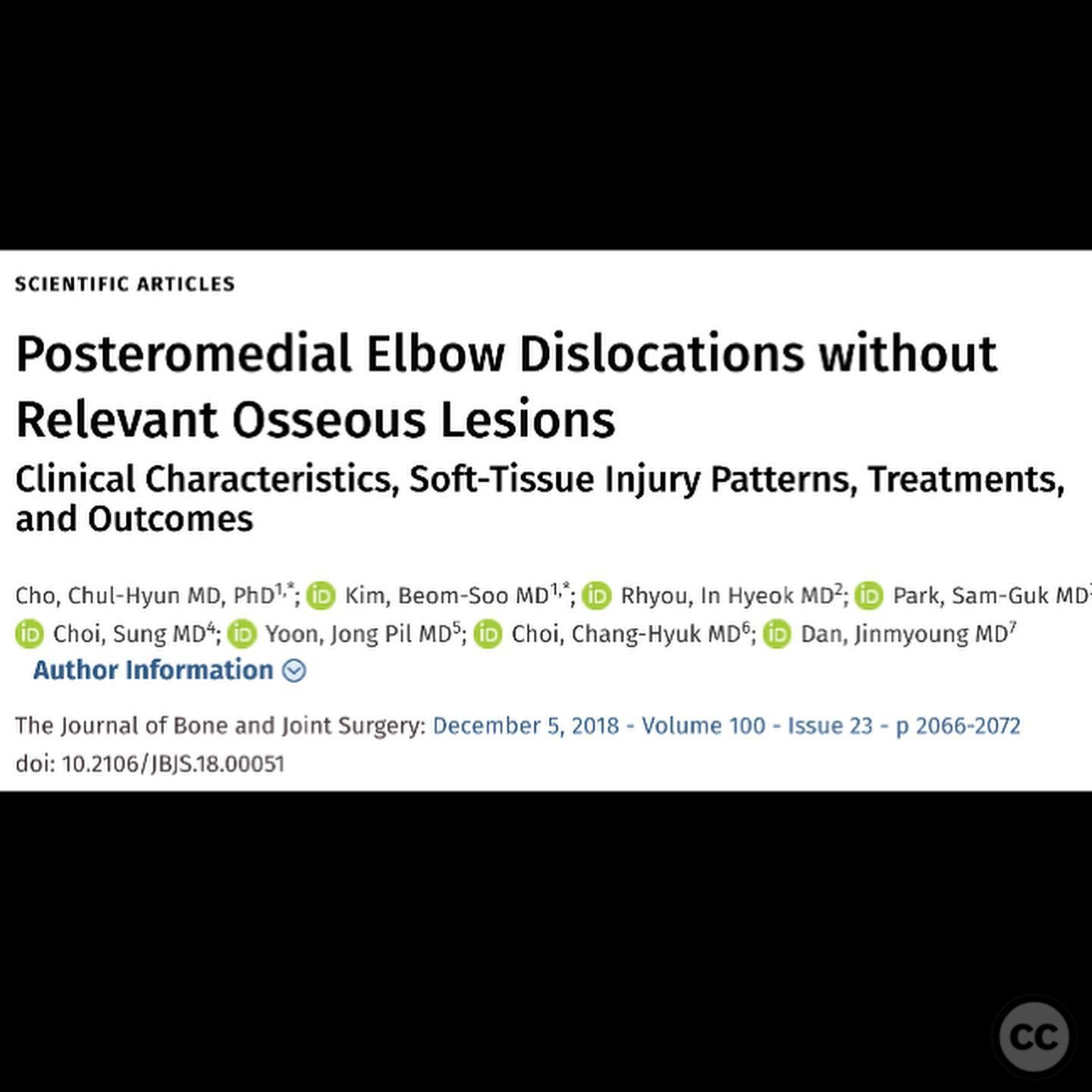
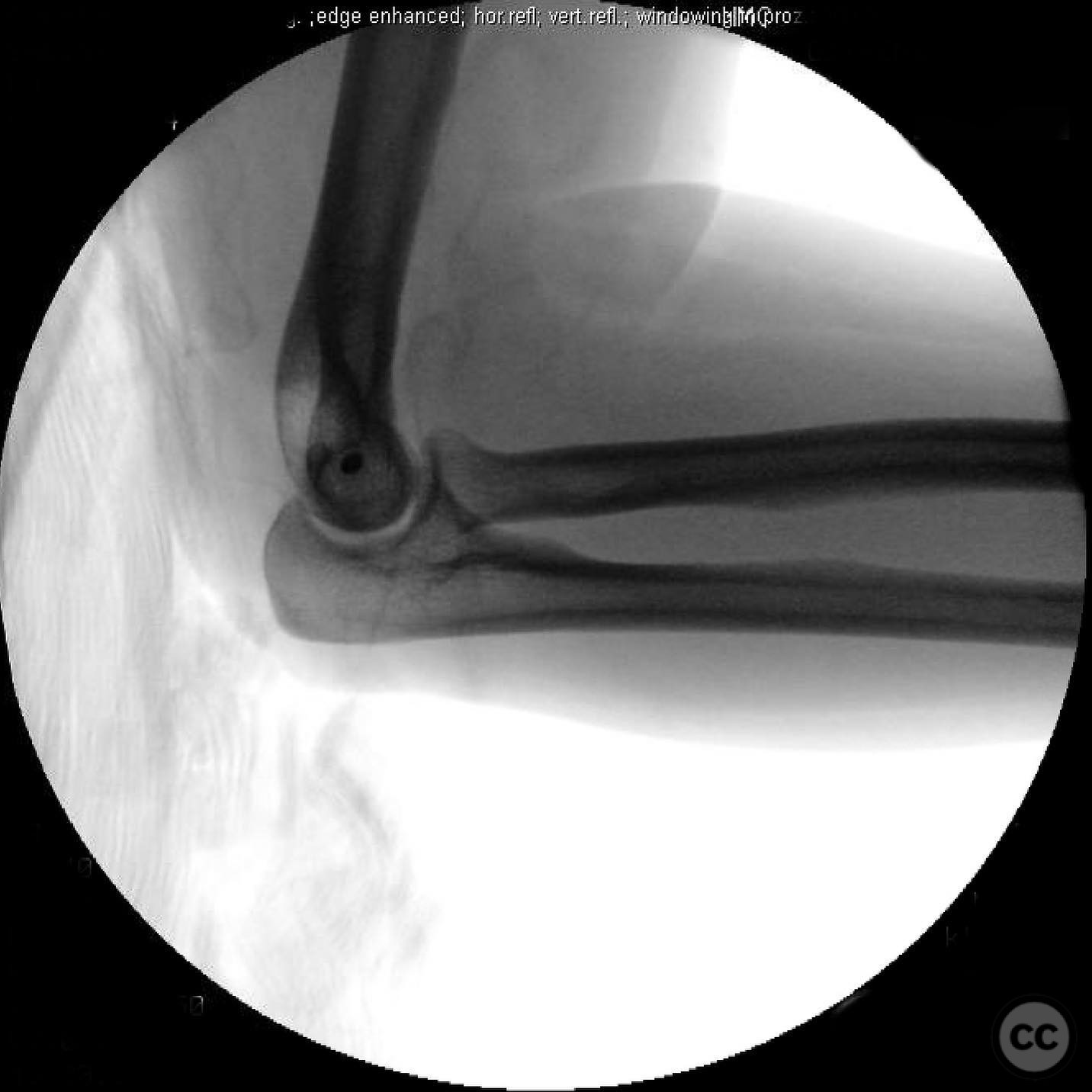
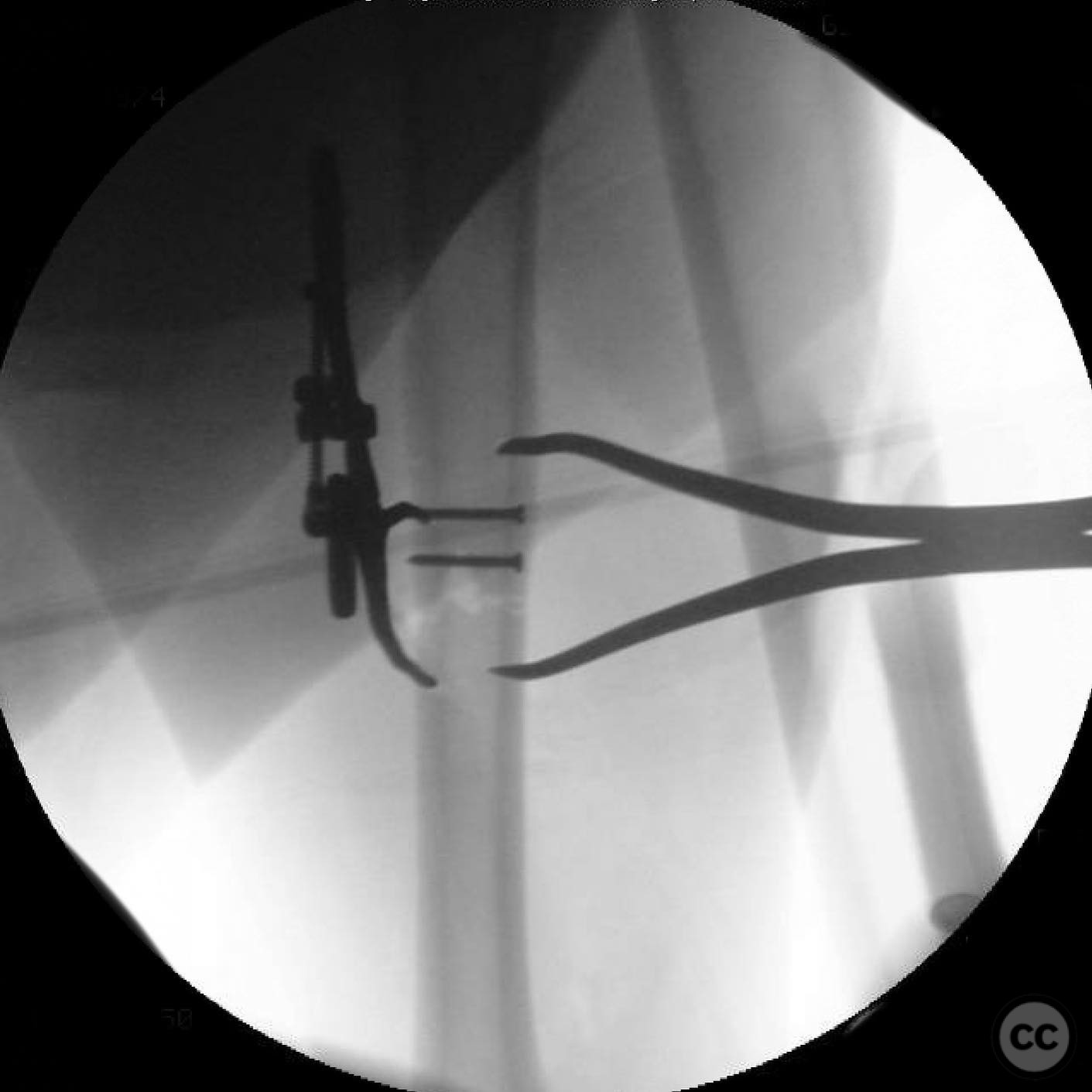
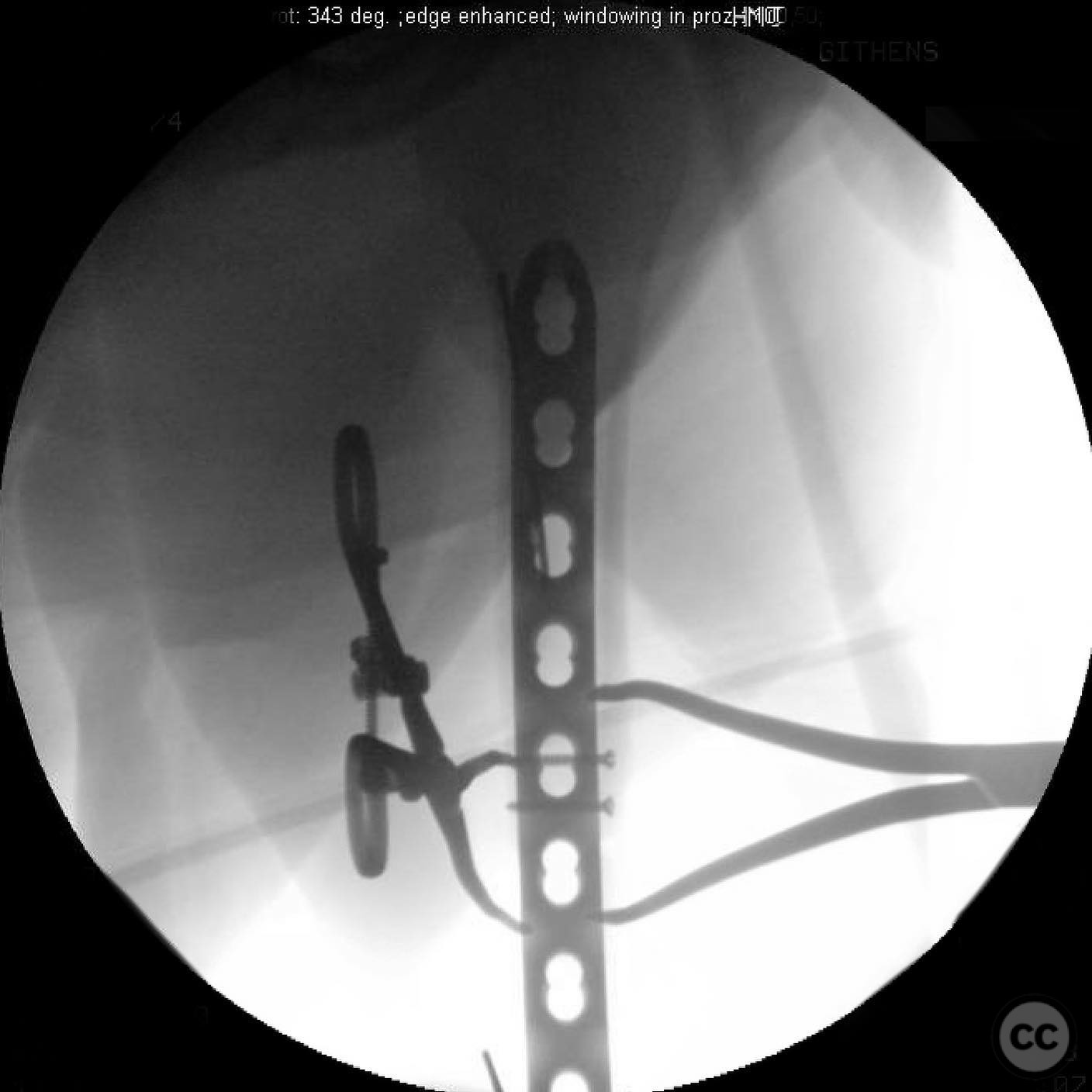
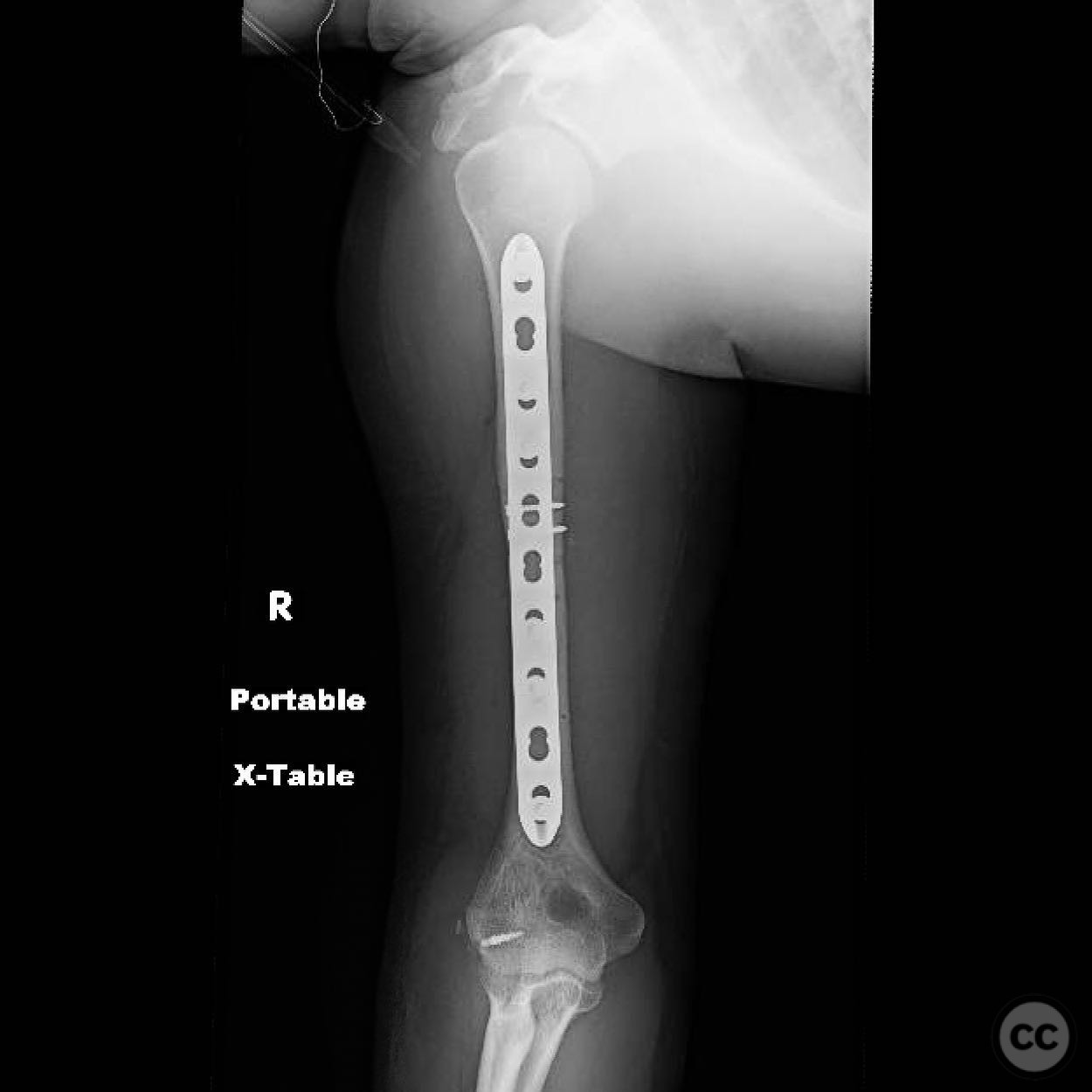
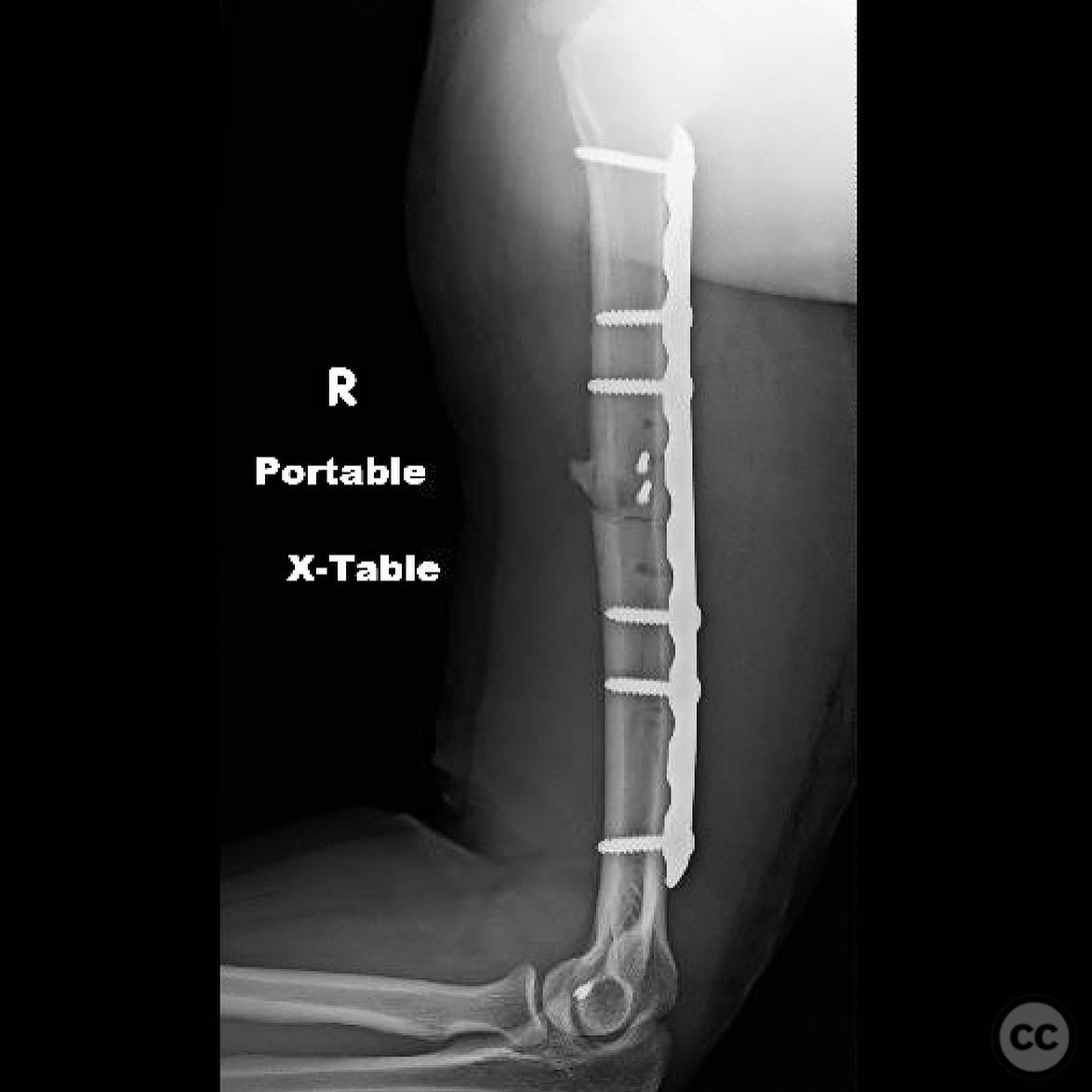
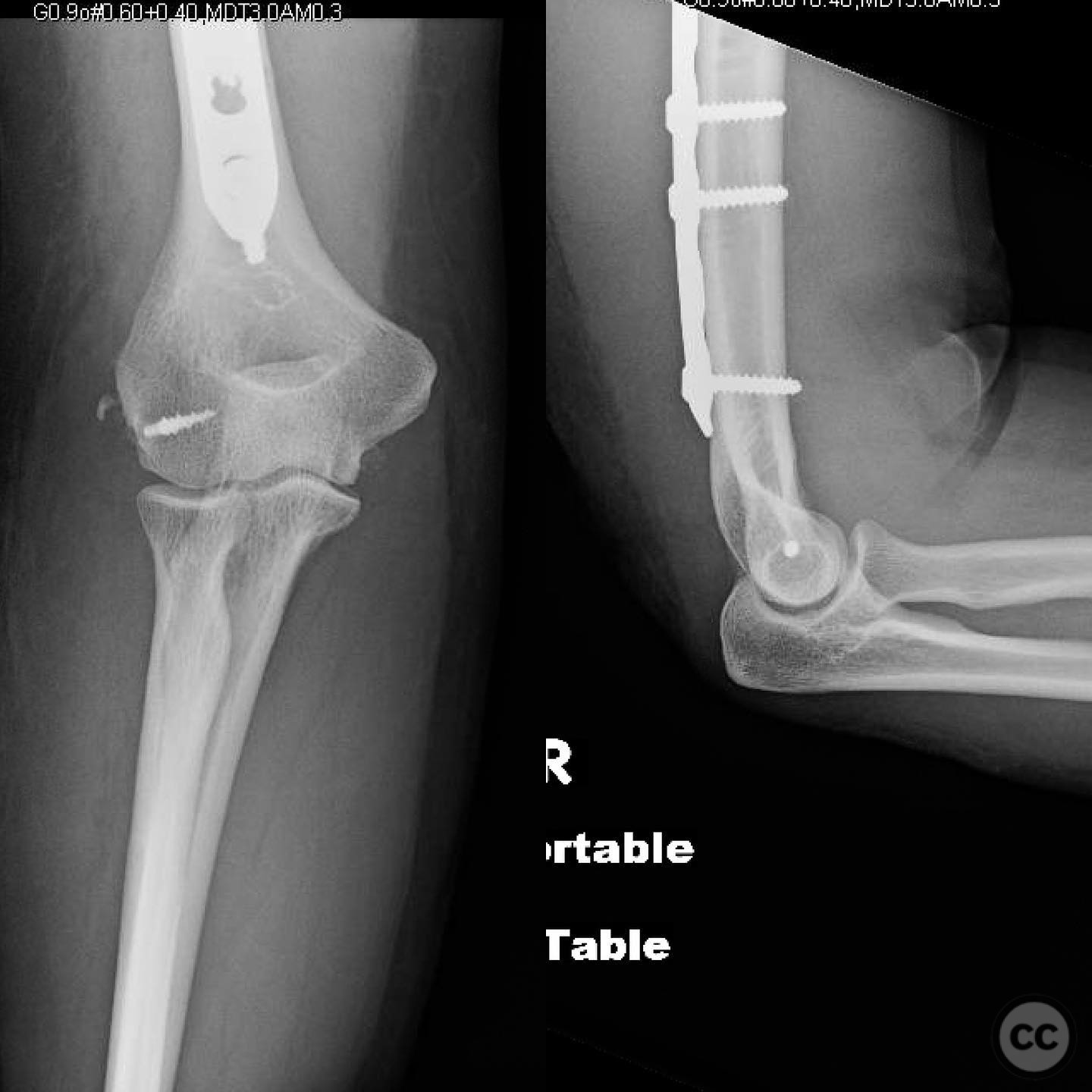
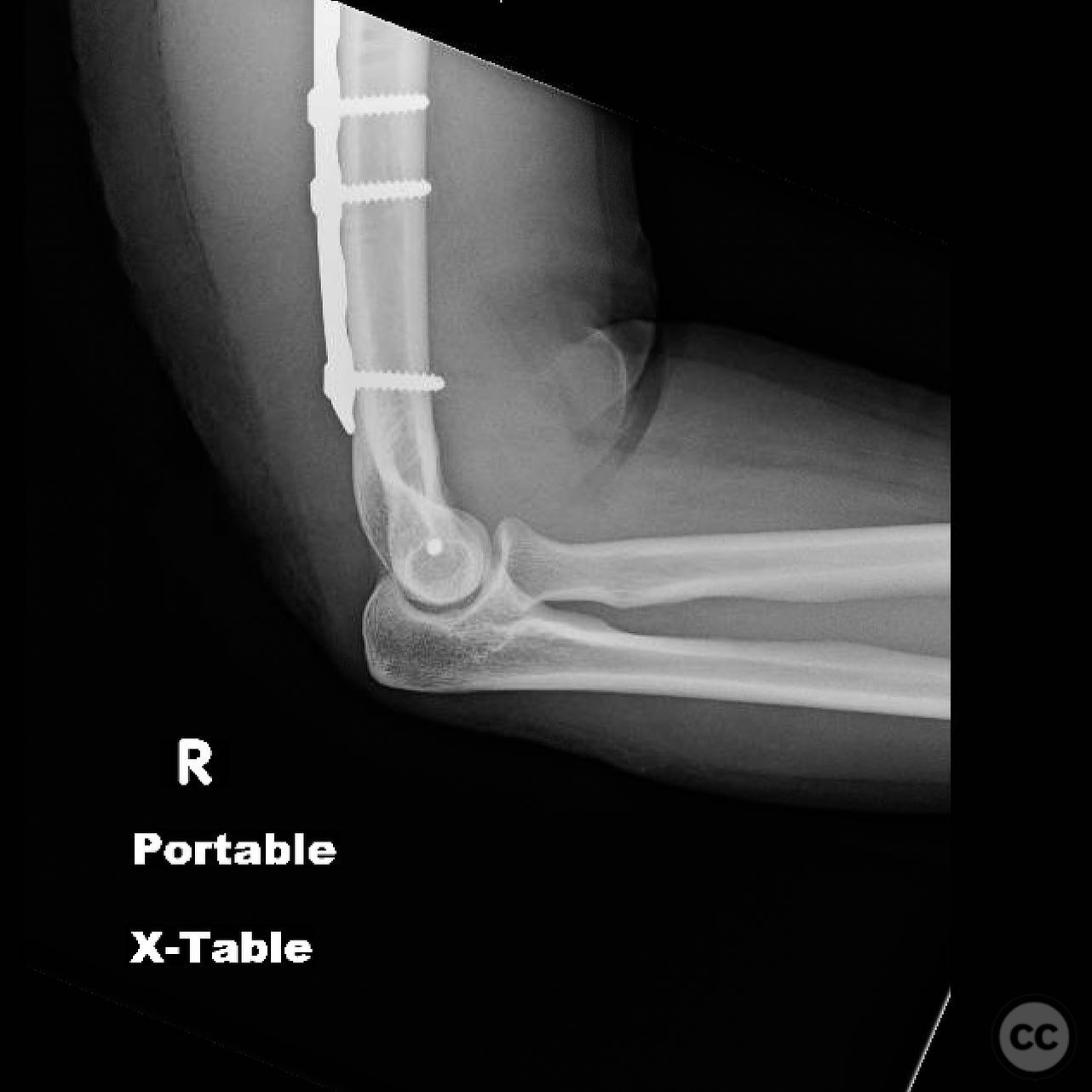
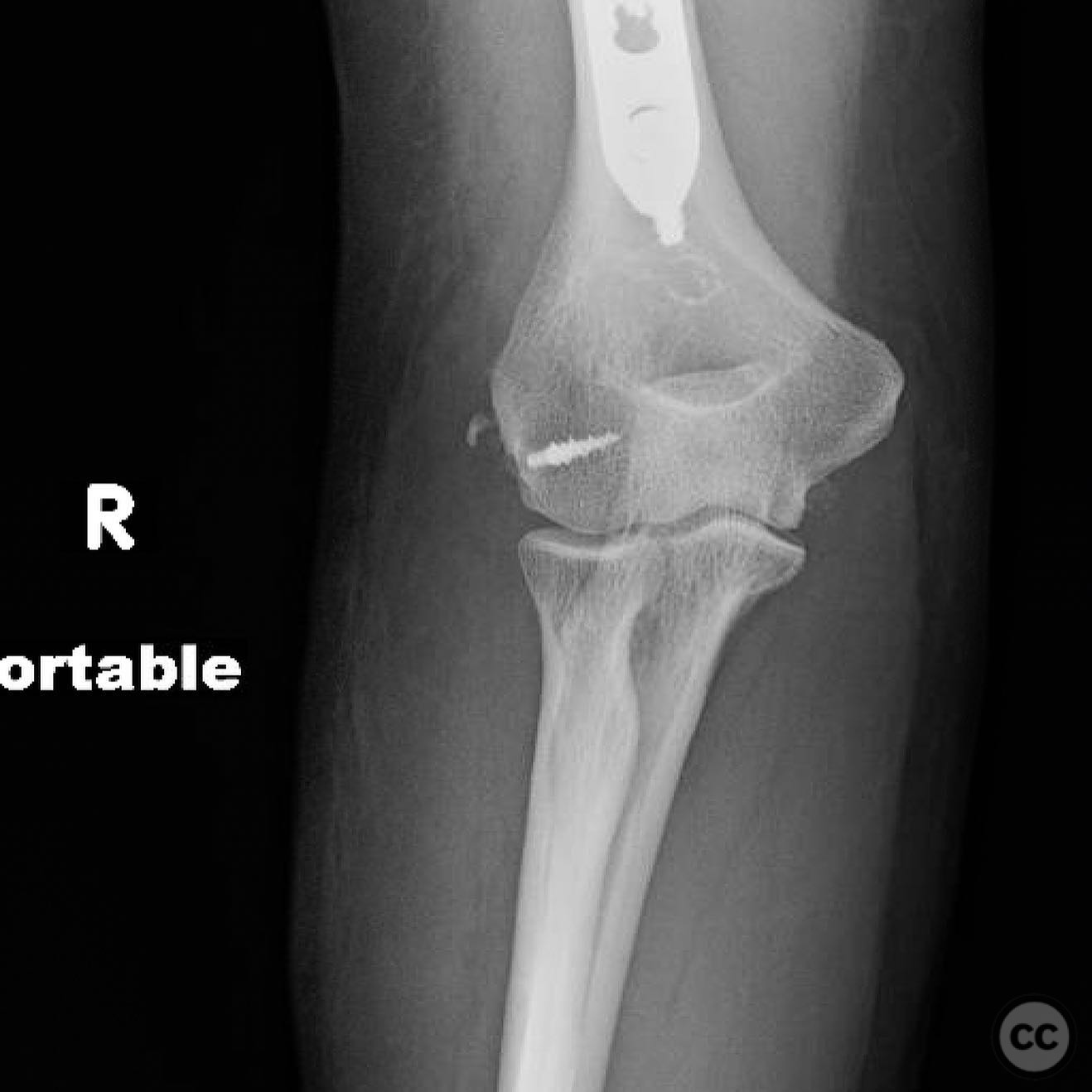
Article viewed 103 times
16 Jul 2025
Add to Bookmarks
Full Citation
Cite this article:
Surname, Initial. (2025). Humeral Shaft Fracture with Associated Posteromedial Elbow Dislocation.. Journal of Orthopaedic Surgery and Traumatology. Case Report 18592324 Published Online Jul 16 2025.